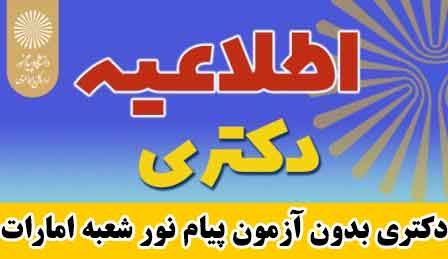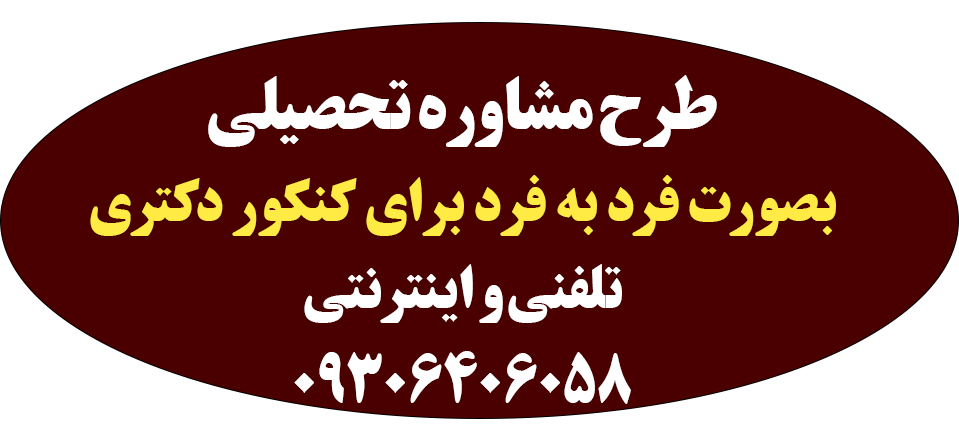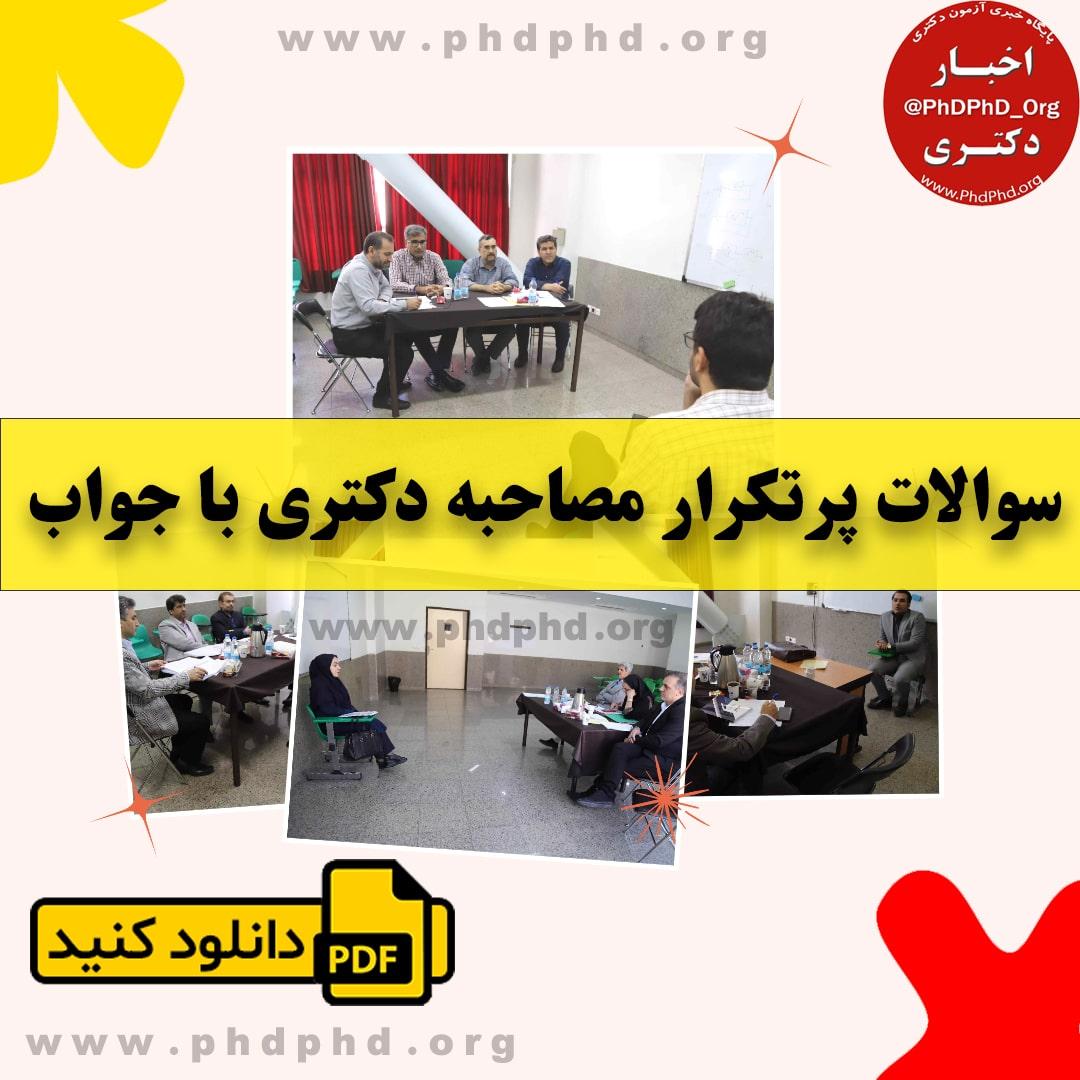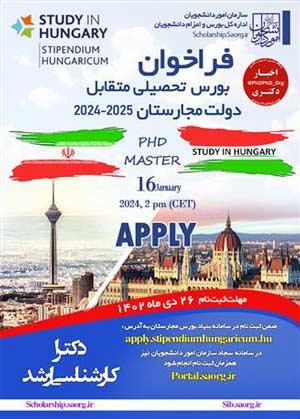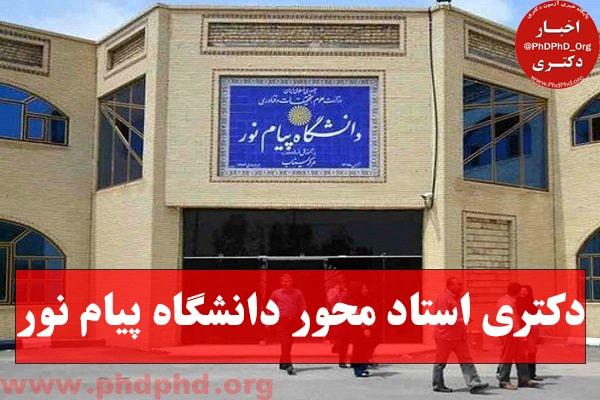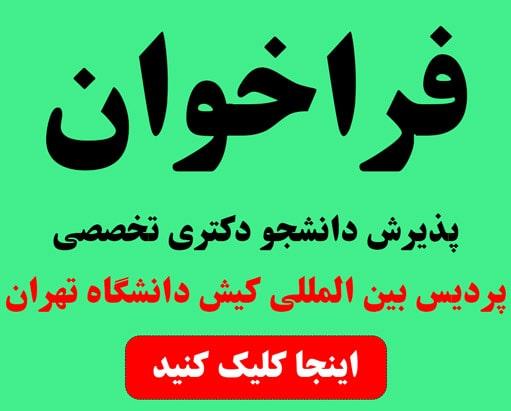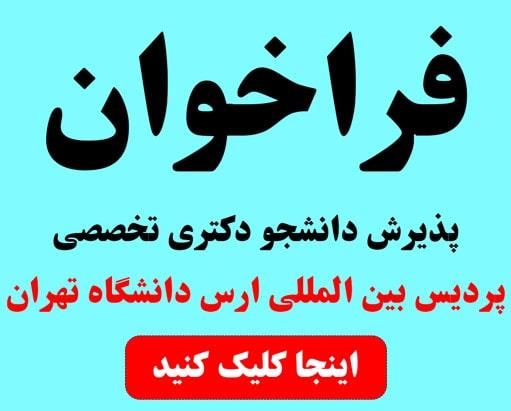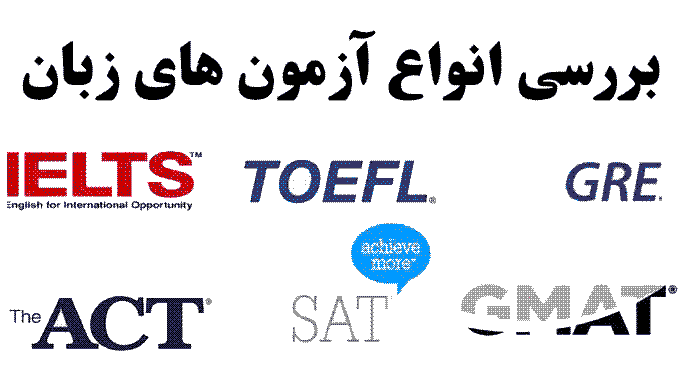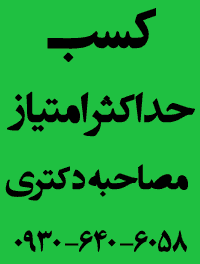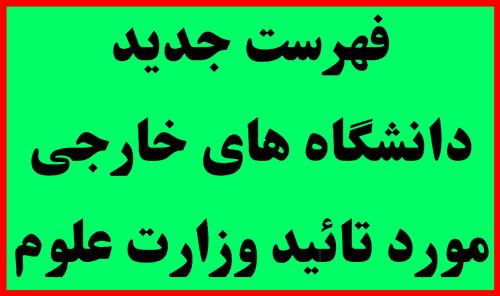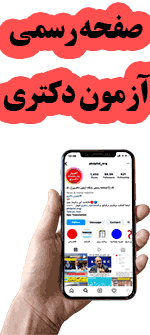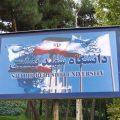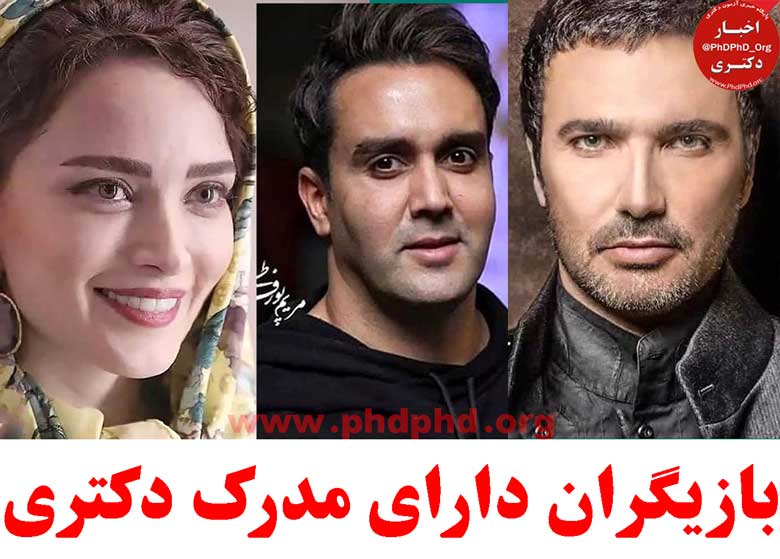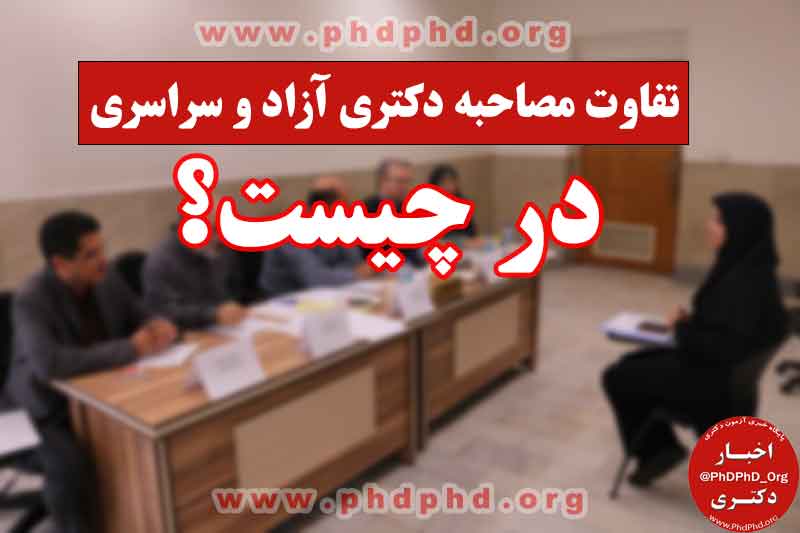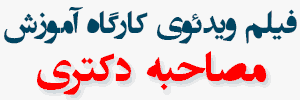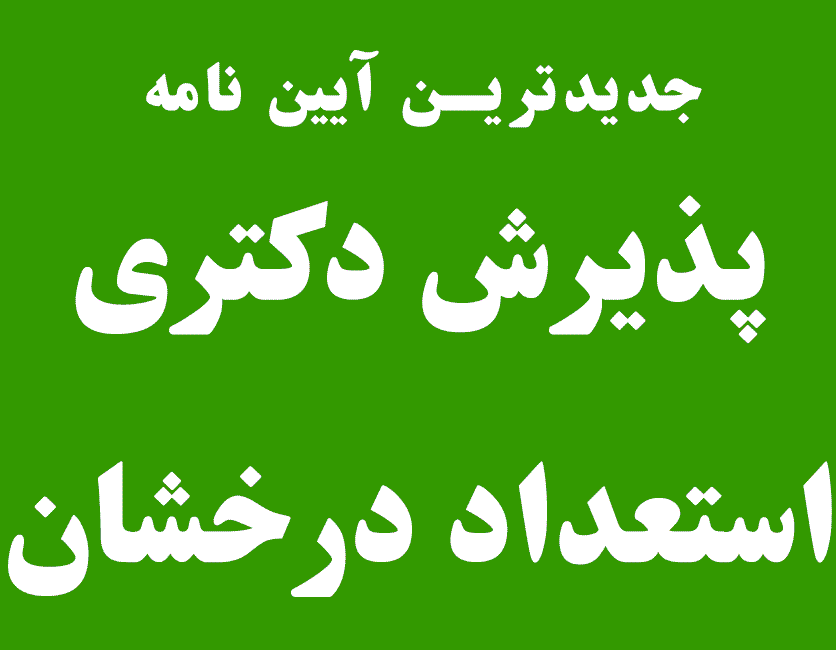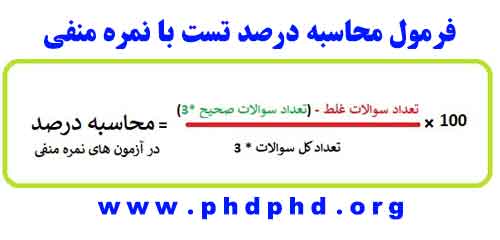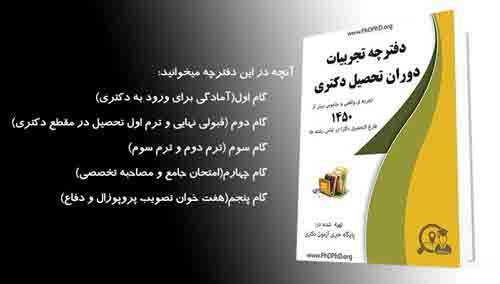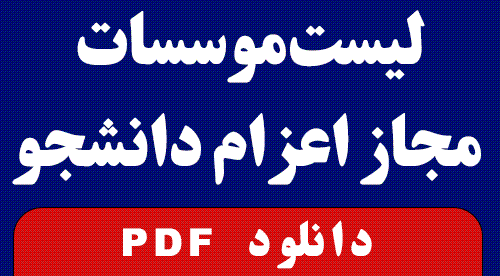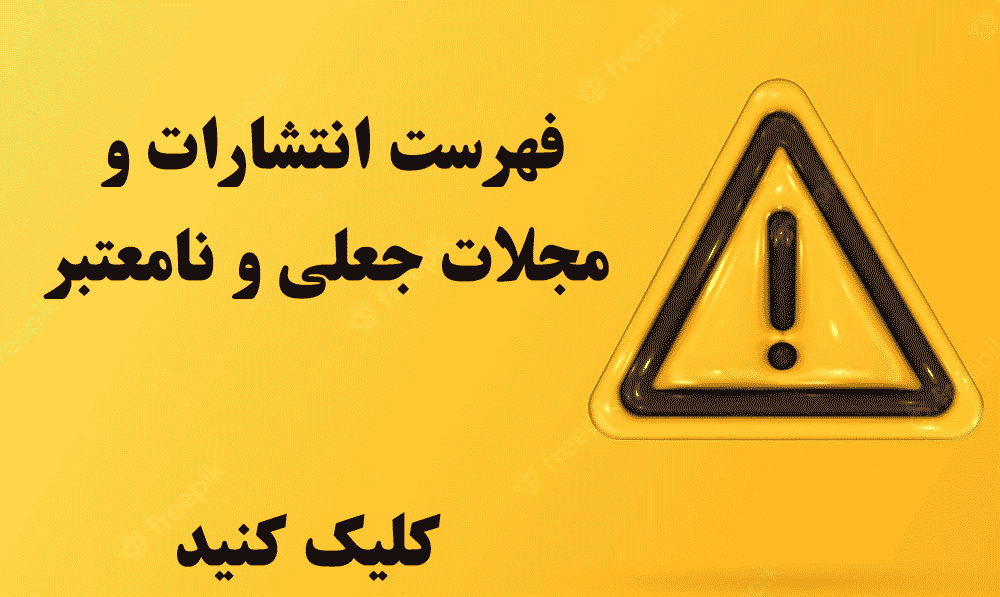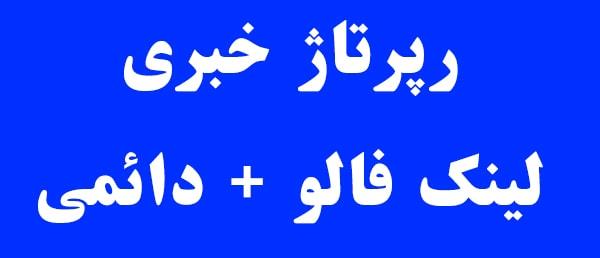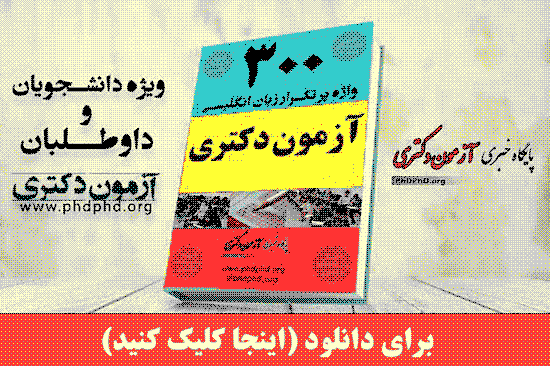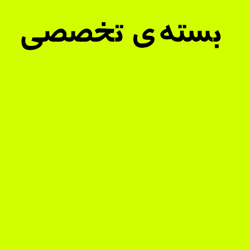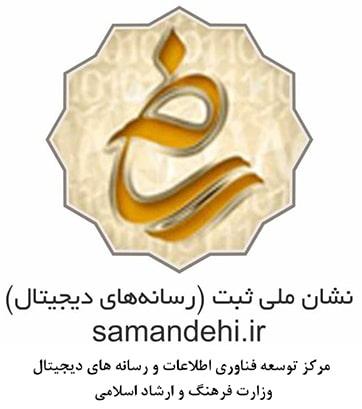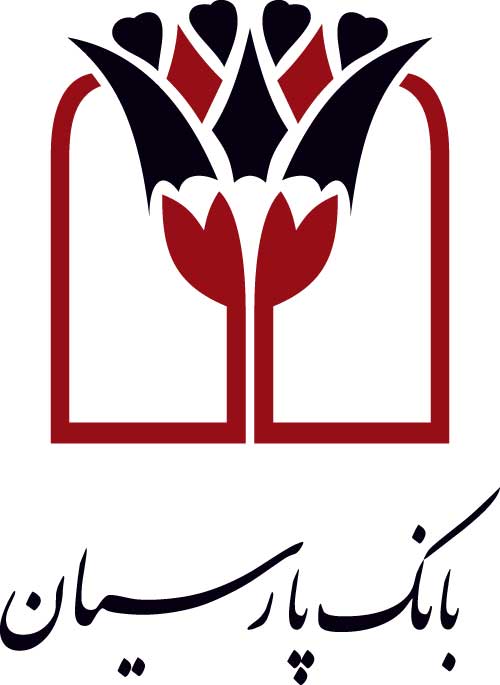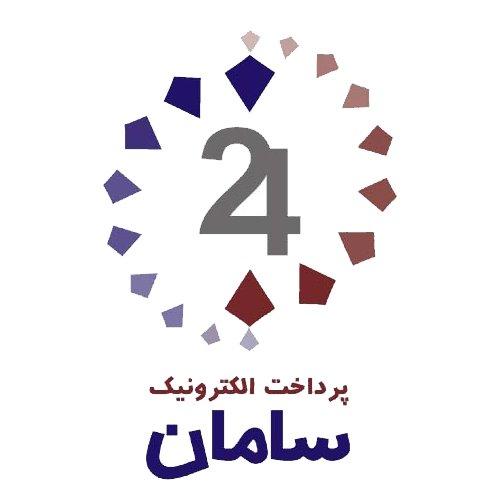تاریخ بروزرسانی : 1397/08/14
سرفصل های درس فنون و صناعات

نام بسته درسی : فنون و صناعات
———————————————————
فهرست:
Chapter One : INTRODUCTION
The Language of Literature
Literature as a Verbal Art
Prose and Poetry
Exercise
Chapter Two : DICTION
Denotation and Connotation
Exercise
Poetic Diction
Decorum
Nobody Loses All the Time
Poetic License
What If a Much of a Which of a Wind
Chapter Three : IMAGES AND THEMES
Concreteness
Images
Functions of Imagery
Exercise
Theme and Subject
“Poetic” Subjects
Didacticism
Persona
Dramatic Monologue
Chapter Four : FIGURATIVE LANGUAGE
Simile and Metaphor
Implicit Metaphors
Exercise
Analyzing a Figure of Comparison
Sources of Figurative Language
Extended Figures
Chapter Five : FIGURES OF THOUGHT
Allegory and Symbolism
Symbolism in Literature
Identifying and Interpreting Symbols
Allegory
Allegory and Symbolism in Practice
Allusion
Myths and Archetypes
Chapter Six : RHETORICAL DEVICES
Hyperbole and Understatement
Metonymy
Apostrophe
Paradox
Ambiguity (Multiple Meaning / Plurisignation)
Ellipsis (Gk. Defect, leaving out)
Chapter Seven : TYPES OF POETRY
Narrative Poetry
Lyric Poetry
Dramatic Poetry
Chapter Eight : TECHNIQUES OF PROSE
Style
Paragraphs
Sentences
Prose Diction
Prose Rhythm
Factual Prose
The Personal Essay
Didactic Prose
Journals, Diaries, and Letters
Prose Selections for Analysis
Subject, Predicate, Object
Chapter Nine : FORM AND STRUCTURE
Form
Blank Verse
Structure
The Sonnet
Progression
Narrative Progression
Descriptive Progression
Argumentative Progression
Expository Progression
Conventions and Traditions
The Analysis of Structure
Chapter Ten ; TONE
tone in Literature
Verbal Irony
Other Kinds of Irony
Satire
Irony Versus Sentimentality
Wit
Burlesque or Caricature
Parody
بخش هایی از بسته درسی فنون و صناعات
Chapter One : INTRODUCTION
The Language of Literature
What, we may begin by asking, is literature, and how can we best define it? The answer is not at all self-evident, for the term can be used in several different senses. It can mean anything written in verse or in prose. It can mean only those works which have a certain distinction. Or it can refer to mere verbiage: “all the rest is literature.” For our purposes, it may be best to start by defining it as broad and neutral a way as possible, simply as a verbal art; that is, literature belongs traditionally to the arts, as opposed to the sciences or to practical knowledge, and its medium is the word, as opposed to the visual signs of painting and sculpture or the tones of music.
Literature as a Verbal Art
When we say that its medium is the word, we are going beyond the root meaning of literature, which is derived from the Latin littera, “letter”, and therefore, seems to refer primarily to the written or printed word. But many civilizations, from the ancient Greek to the Scandinavian, French, and English, have produced important oral traditions. Even such lengthy narrative poems as Homer’s Iliad and Odyssey, the Icelandic Sagas, and the Old English Beowulf were presumably sung or chanted by professional bards centuries before they were written down. In order to include these and other oral works, it is useful to consider literature broadly as a verbal art, leaving open the question of whether the words are written or spoken.
The fact that literature belongs to the area of creative arts involves an insistence on the essential dichotomy between the language of science and the language of art. This means that scientific meaning and discourse are very different from poetic meaning and discourse. Science, according to I.A. Richards, the founder of practical criticism, is concerned with a statement that “may be used for the sake of the reference, true or false, which it causes.” Poetry, on the other hand, uses language “for the sake of the effects in emotion and attitude produced by the reference it occasions.”
Conceived in this manner, the work of art is a verbal fact, unique in its ability to communicate man’s experiences by means of a set of symbols whose referents do not exist in a one-to-one relationship; a word can have several meanings in a literary work. The scientist’s purpose is to consciously avoid multiple meanings, emotional attitudes, and a plurality of implications. He tries to describe his world with verbal symbols that are as totally denotative as possible, whose meanings are agreed upon in advance, and which change very little in different contexts. On the other hand, the vocabulary of the artist, which seeks to describe human values and subjective experiences rather than things, is necessarily connotative, suggestive and evocative. In fact, art derives its being, purpose, and value from the very limitations imposed by scientific attitudes and scientific uses of language.
Prose and Poetry
A good poet selects, arranges, and rearranges his words until he arrives at the one way in which they say what he wants them to say. If asked why he writes a poem rather than a prose work, he may answer that a poem best expresses what he feels and thinks. He may say that prose can not convey an experience in the same way as a poem can, because it is not so accurate, pleasing, satisfying. He may even say that poems express meaning more powerfully, because they persuade a man’s feelings at the same time as they make statements to his mind.
Poetry uses any language at the poet’s disposal, but the transformation of language into poetry requires that the poet endows it with a specially significant form and context. We might say that poetry is a system of discourse
which signals its presence by shape (form) and intensity of meaning (a concentration of dictionary meanings and of other, contextual meanings). Poets think in lines, prose-writers in sentences. Poetry may use rhyme-schemes, a regular metre, and so on. All of these features are means to an end and, except for line-length, none is unique to poetry. For example, the following extract from Walter Pater’s essay on Leonardo da Vinci is richly rhythmical. A “poetic” interpretation is signalled not only by its rhythm, however, but by a particular use of language as well:
She is older than rocks among which she sits; like the vampire, she has been dead many times, and learned the secrets of the grave; and has been a driver in deep seas, and keeps their fallen day about her; and trafficked for strange webs with Eastern merchants; and, as Leda, was the mother of Helen of Troy, and, as Saint Anne, the mother of Mary; and all this has been to her but the sound of lyres and flutes, and lives in the delicacy with which it has moulded the changing lineaments, and tinged the eyelids and the hands.
This is not verse, but a poetic interpretation is signalled by a distinct semantic quality: in prose, women cannot be older than rocks, but in poetry anything is possible. The marked rhythm underpins the poetic quality of this passage and provides another signal to the reader, but it is the language use which determines that we read this passage as prose poetry. By contrast, the following passage from Dr. Johnson’s (1709-84) Life of Dryden (John Dryden, 1631-1700), whilst also highly rhythmical, contains no “poetic” use of language:
They [Dryden’s sentences] have not the formality of a settled style, in which the first half of the sentence betrays the other. The clauses are never balanced, nor the periods modeled; every word seems to drop by chance, though it falls into its proper place. Nothing is cold or languid; the whole is
airy, animated and vigorous; what is little, is gay; what is great is splendid. He may be thought to mention himself too frequently, but while he forces himself upon our esteem, we cannot refuse him to stand high in his own. Every thing is excused by the play of images and the sprightliness of expression. Though all is easy, nothing is feeble; though all seems careless, there is nothing harsh; and though, since his earlier works, more than a century has passed, they have nothing yet uncouth or obsolete.
This piece of transparently clear and judicious prose requires no help from imagery or implied meanings, yet its appeal is not entirely dependent on our rational intellects for its persuasiveness. The rhythm of its utterance quietly underpins the prose meaning by a pleasing sense of symmetry: the shape is a part of its total meaning.
Prose, thus, borrows from poetry, but poetry borrows from everywhere; then, lifts the ordinary language into a specially significant context. A telephone directory is a verbal construction, but it lacks the element of significant form shaped by and for a special– experience. As J.S. Mill put it in What is Poetry? (1859):
Poetry is not in the object, nor in the scientific truth itself, but in the state
of mind in which the one and the other may be contemplated … . Poetry is feeling confessing itself in moments of solitude, and embodying itself in symbols which are the nearest possible representatives of the feeling in the exact shape in which it exists in the poet’s mind.
The poet raids every resource for expression. The English language is public property, but a poem is an attempt to convey the unique and the particular. An extreme, and off-quoted example is the poem by Lewis Carrol (1832-98) called Jabberwocky, which indicates that however extreme the deviation from “normal” language may be, there is, nevertheless, an intelligible (though fantastic) world of decipherable meaning and structure. In its first stanza, we can infer sufficient grammatical structure and identify the function of words (noun, verb, qualifiers), even though at least a third of them do not appear in any dictionary:
Twas brilling and the slithy loves
Did gyre and gimble in the wabe;
All mimsy were the borogroves,
And the mome raths outgrabe.
This example of deviation from normal language-use is but an extreme manifestation of a commonplace feature of poetic language. Dylan Thomas (1914-53) begins a poem with the phrase “A grief ago”, as if time could be measured in suffering as well as by the “normal” devices of clock and calendar. In Richard II, by William Shakespeare (1564-1616), the King remarks:
I wasted time, and now doth time waste me;
For now bath time made me his numbering clock:
My thoughts are minutes …
… so sighs and tears and groans
Show minutes, times, and hours;
In one of the poems in The Winding Stair (1933), “In Memory of Eva Gore Booth and Con Markiewicz”, W.B. Yeats (1865-1939) writes of “Two girls in silk kimonos, both / Beautiful, one a gazelle”. Dr. Johnson scornfully enquired of one image in the poem “Obsequies to the Lord Harrington”, by John Donne (1571-1631): “Who but Donne would have thought that a good man is a telescope?” We might ask the same sort of question about Wallace Stevens’s (1879-1955) “Anecdote of the Jar”, which also endows a humdrum object with a vast metaphysical significance:
I placed a jar in Tennessee,
And round it was, upon a hill.
It made the slovenly wilderness
Surround that hill.
The wilderness rose up to it,
And sprawled around, no longer wild.
The jar was round upon the ground.
And tall and of a port in air.
It took dominion everywhere.
The jar was gray and bare.
It did not give of bird or bush,
Like nothing else in Tennessee.
The object itself is insignificant, but it is transformed through its focal image
of art itself, imposing order on chaos. Its significance and its value lie in its
relationship (perceived by the poet) to the world around it. Like a poem, the
jar is inanimate, fixed, dumb, until the moment it comes alive in the landscape of the poet’s mind. The poem, thus, fixes a moment of meaning in the way that the Anglo-Irish poet, Louis MacNeice (1907-63). described the sonnet as “A small eternity”, or in the way that W.H. Auden (1907-73) in his poem “In Memory of W.B. Yeats” describes poetry as “A way of happening, a mouth”. It is not the object itself, whether it be a word, a girl, a telescope, or a jar, that is significant, but what the poet sees when he uses these images as bridges into another territory of experience. Like the cathedral spire in the novel by William Golding (b. 1911), The Spire (1964), the building which is the poem organizes like around it:
The tower was laying a hand on the whole landscape, altering it, dominating it, enforcing a pattern that reached wherever the tower could be seen, by sheer force of its being there.
Exercise
The difference between two ways of looking at an event can be studied by comparing a poem about a rural tragedy with an imaginary newspaper account of the same event:
“Out, Out—”
The buzz-saw snarled and rattled in the yard And made dust and dropped stove-length sticks of wood, Sweet-scented stuff when the breeze drew across it. And from there those that lifted eyes could count Five mountain ranges one behind the other Under the sunset far into Vermont. And the saw snarled and rattled, snarled and rattled, As it ran light, or had to bear a load. And nothing happened: day was all but done. Call it a day, I wish they might have said To please the boy by giving him the half hour That a boy counts so much when saved from work. His sister stood beside them in her apron To tell them “Supper.” At the word, the saw, As if to prove saws knew what supper meant, Leaped out at the boy’s hand, or seemed to leap— He must have given the hand. However it was, Neither refused the meeting. But the hand!
The boy’s first outcry was a rueful laugh, As he swung toward them holding up the hand Half in appeal, but half as if to keep The life from spilling. Then the boy saw all— Since he was old enough to know, big boy Doing a man’s work, though a child at heart— He saw all spoiled. “Don’t let him cut my hand off— The doctor, when he comes. Don’t let him, sister!”
So. But the hand was gone already. The doctor put him in the dark of ether. He lay and puffed his lips out with his breath. And then—the watcher at his pulse took fright. No one believed. They listened at his heart. Little—less—nothing!—and that ended it. No more to build on there. And they, since they Were not the one dead, turned to their affairs.
Lancaster, Nov. 18—John R. Adams, 15, son of Mr. and Mrs. James Adams, Route 3, Riverton, died last Saturday evening as a result of injuries he received while operating a power saw on his parents’ farm.
The accident happened late Saturday afternoon while young Adams, his brother Stephen, 12, and his father were sawing logs. Apparently the boy was momentarily distracted while feeding a piece of wood into the blade, which caught his hand and amputated it.
The youth’s sister, Maud, 17, was witness to the accident. She said that her mother had sent her to call her father and brothers to supper. The accident occurred, she said, just as she called out to them.
Mr. Adams immediately drove to nearby Riverton for a doctor. He finally located Dr. E.L. White and drove him back to the farm.
Dr. White said that when he arrived the boy was already in shock from loss of blood, and that it was impossible to save him. The cause of death was listed by the coroner as accidental.
Funeral services on Tuesday were held in Riverton Congregational Church, and interment was in Good Hope Cemetery.
- Many details in the poem could properly be included in a newspaper story, because they are inferences and opinions rather than facts. What are these details? Why does the poem omit certain details that the newspaper account includes?
- What lines, phrases, and words in the poem hint at the catastrophe to
come? Why do you suppose the poet includes the information in lines 4-6 in the poem? Why does he repeat the substance of line 1 in line 7?
- The appearance of the boy’s sister (line 13) is extremely abrupt. Why? Why is supper (line 14) in quotation marks?
- The accident is shocking, but it is not so plainly detailed as to be gruesome. How and why does Frost avoid gruesome details?
- Lines 27-33 consist of eight short, factual sentences. What is their effect after the more complicated sentences earlier in the poem?
- Do the last two lines indicate that the family do not care about the boy?
How else can one account for their seeming callousness?
- Why is the title in quotation marks? Does it remind you of anything?
برای مشاوره اینجا بزنید

| |
نوشتههای تازه


